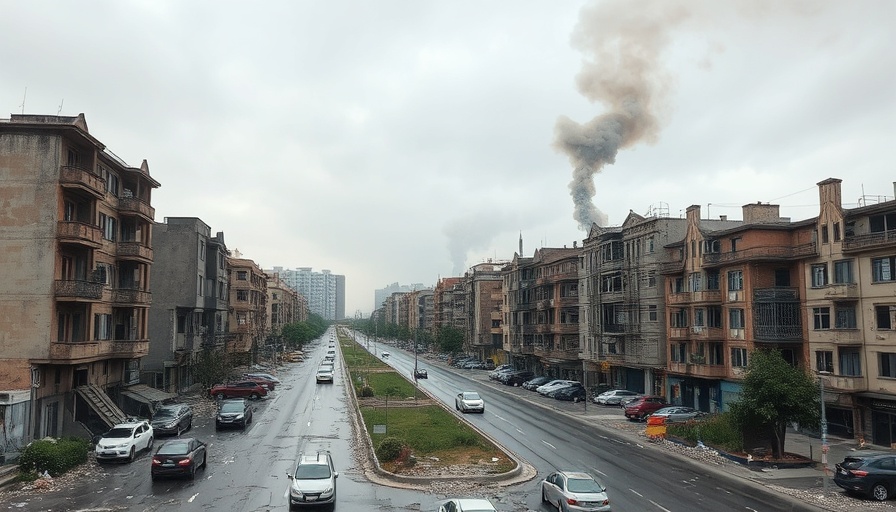
Understanding the Gaps in Natural Catastrophe Insurance
In an increasingly unpredictable world marked by climate change, natural disasters are becoming more frequent and severe. Despite this growing trend, a significant protection gap exists in natural catastrophe insurance. This gap leaves many individuals, businesses, and even governments vulnerable to the devastating financial impacts of disasters, highlighting a critical need for reform in the insurance landscape.
Historical Context of Catastrophe Insurance
The concept of natural catastrophe insurance dates back several decades, with roots in historical insurance mechanisms designed to protect against losses due to natural events. However, as climate change accelerates, the conventional insurance models struggle to adapt. Presently, many insurers are reluctant to cover certain risks or impose exorbitant premiums, pushing more people into underinsurance. This situation calls for a structural reform in the industry that ensures protection for everyone.
The Financial Implications of Underinsurance
For financial professionals, addressing the natural catastrophe insurance protection gap is not just a matter of humanitarian interest; it carries massive macroeconomic implications. The economic burden of natural disasters can lead to long-lasting ramifications on financial stability, with losses affecting everything from inflation dynamics to currency value. As a result, investment strategies and economic forecasts must factor in the magnitude of these risks.
Comparative Analysis: Global Approaches to De-risking
Some countries have piloted innovative insurance schemes to address the protection gaps caused by catastrophic risks. These include government-backed insurance pools or collaborative efforts between the private sector and the public sector to cover risks that would otherwise be deemed uninsurable. Such models could serve as a blueprint for integrating best practices globally and mitigating the financial implications of disasters.
Future Predictions and Insights on Financial Stability
As we look ahead, a holistic approach to the issue of natural disaster insurance is essential for maintaining economic stability. The increasing frequency of disasters mandates that financial institutions innovate in their coverage models, couched within prudent risk management strategies. A pro-active stance in reforming catastrophe insurance can potentially avert the economic shocks that often follow disasters.
Practical Steps for Financial Institutions
1. Risk Assessment: Financial institutions need to continuously evaluate the risks associated with natural disasters and adjust their portfolios accordingly, ensuring they remain resilient against potential impacts.
2. Investing in Resilience: Promoting policies that encourage both individual and collective investment in resilience can mitigate losses. This includes supporting retrofitting of vulnerable properties or encouraging localized community measures that can lessen disaster impacts.
3. Public Awareness and Education: Enhancing financial literacy related to risk and insurance options can equip citizens with the tools they need to assess their own needs and make informed decisions regarding coverage.
Conclusions and Call to Action
Bridging the natural catastrophe insurance protection gap is pivotal for ensuring economic resilience in the face of natural disasters. As professionals in finance, the responsibility lies with us to advocate for robust reforms and innovative solutions in the insurance sector. By fostering collaboration between insurers, regulators, and stakeholders, we can create a comprehensive safety net that prioritizes stability and long-term sustainability.
Finalizing your strategies to address these challenges means evaluating your risk exposure and advocating for improved insurance methods. It’s essential to engage with community leaders and policymakers to develop a cohesive strategy that protects all sectors from the potential fallout of natural disasters.
 Add Row
Add Row  Add
Add 




Write A Comment